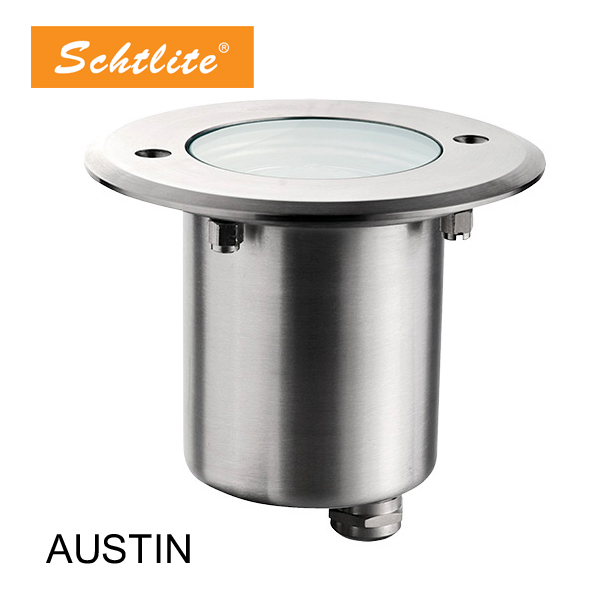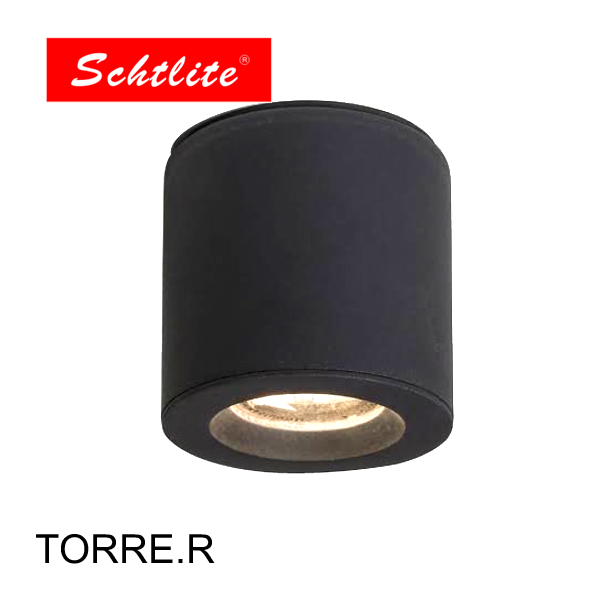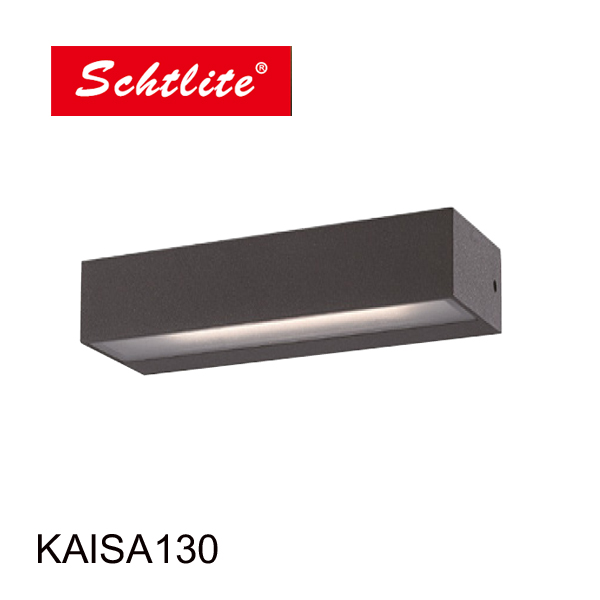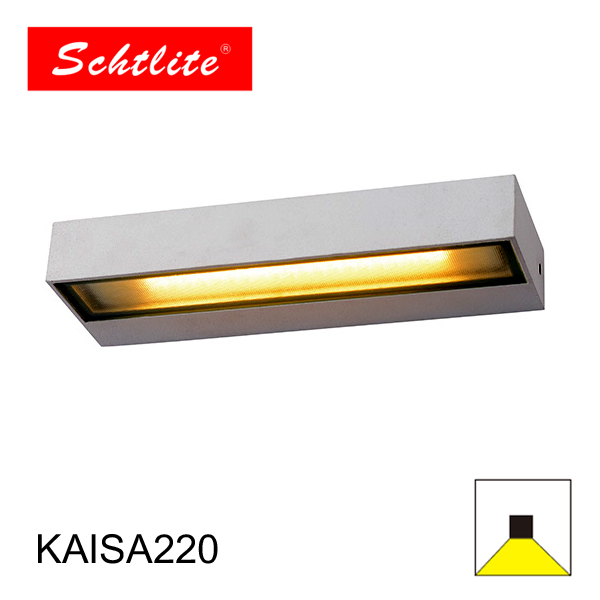The cleaning methods of walls and ceilings can only be summed up in two ways: washing with water and without washing with water. Walls and ceilings that are washed with water, including wooden walls, colored tiles and wooden ceilings, can be cleaned with a damp cloth dipped in diluted soapy water. Do not use force to avoid damaging the surface. Walls that cannot be washed with water, including powder walls and wallpaper walls, can be cleaned with a feather duster. No matter what kind of wall, when stained with dirt, do not rub hard to avoid damage to the wall. It is best to mix 1 small cup of alcohol and 1 teaspoon of detergent, spray it on the dirt on the wall with a sprayer, and then cover it with a hot towel, the dirt can be easily removed. Note: The above information is released by the company's users. This site has been preliminarily reviewed, but its authenticity and effectiveness cannot be fully guaranteed. Please identify the authenticity of it during business communication. When contacting the business, stating that the information comes from "Hongji Real Estate Network" will get better results!
Large chandeliers are installed on the structural layer, such as floor slabs, roof trusses and beams, and small chandeliers are often installed on shelves or reinforced joists. Whether a single chandelier or a combination of chandeliers, they are all produced by the lighting factory at one time. The difference is that a single chandelier can be installed directly, and the combination chandelier should be installed after the combination or combined during installation. For large-area and strip-shaped lighting, the form of hanging light boxes and light stands are mostly used.
1. Material preparation
(1) Construction materials: The commonly used materials are as follows.
① Wood (different specifications of water squares, wooden strips, water boards), aluminum alloys (plates, profiles), steel (section steel, flat steel, steel plate), mainly used as supporting members.
②Plastic, plexiglass plate, glass as spacer, exterior decorative veneer and heat sink, copper plate. Anodized aluminum plates are used as decorative components.
③Other accessories such as screws, nails, rivets, finished lamps, adhesives, etc.
(2) Construction tools: pliers, screwdrivers, hammers, electric jigsaws, electric hammers, hand tools, rulers, paint brushes, etc.
2. Connection of hanging cups, slings and structural layers
(1) Operation method: mainly consider the connection of embedded parts and transition parts.
①Pre-embed iron or wooden bricks in the structural layer (except water bricks). The burial position should be accurate and there should be enough room for adjustment.
② Transition connecting pieces are set on iron pieces and wooden bricks to adjust the error of the pieces, which can be nailed, welded and screwed through with the pieces.
③The boom, sling and transition connector are connected.
(2) Installation precautions: The following three points should be paid attention to during installation and construction.
①If there are multiple chandeliers during installation, you should pay attention to their position and length. The chandeliers can be installed at the same time as the ceiling is installed, so that the position and height of the lamps can be adjusted based on the ceiling joists.
②The method of direct exit and casing can be used for the hanging rod out of the ceiling. The method of adding a meeting pipe is conducive to installation, which can ensure the integrity of the ceiling panel, and only drill holes at the position where the pipe needs to be exited. For hanging cups directly out of the ceiling, the drilling holes on the board surface are not easy to align during installation. Sometimes it is possible to install the boom first and then cut off bollard light the panel to dig holes for installation, but it will affect the decorative effect.
③The boom should have a certain length of thread for adjusting the height. When suspending the light box below the suspender rod, attention should be paid to the reliability of the connection.
3. Boom, sling and joist connection
Hanging rods and slings are directly nailed or screwed on the secondary joists, or connected to the standing joists by the above-mentioned method of perforating the board surface. Or hang it on the additional cross joists between the secondary picking grids. The power of the light source used in the ceiling lamp: incandescent bulbs are 40-100W, and fluorescent lamps are mostly 30-40W.
4. Classification
(1) Ceiling lamps are classified by structure: there are two types: embossed and embedded.
(2) Ceiling lamps are classified according to the shape of the lampshade: spherical, hemispherical, oblate, flat, square, rectangular, diamond, triangle, cone, olive and pendant.
When designing ceiling lamps, attention should also be paid to structural safety (to prevent bursting or falling off), and heat dissipation should also be considered. The lampshade is heat-resistant, easy to disassemble and maintain.







